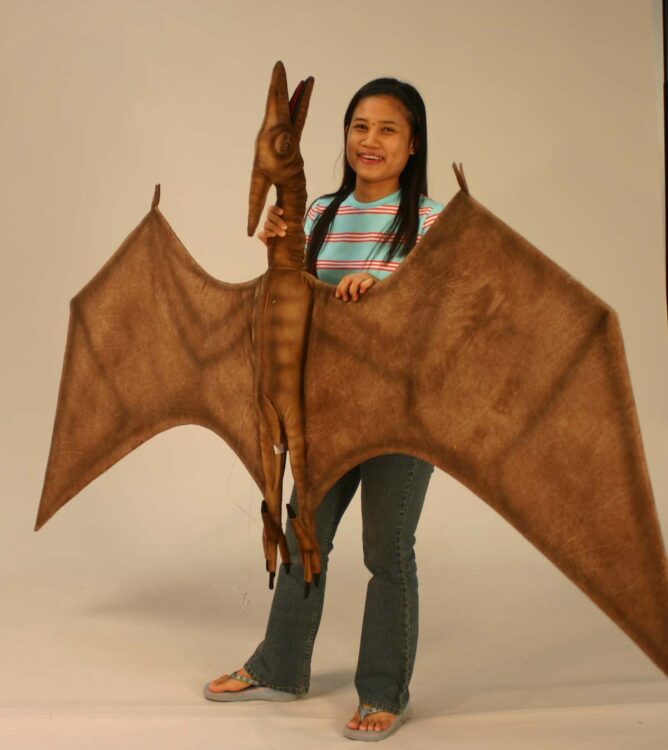
Do you fit the requirements for the Ninth Annual Winter School on Emerging Technologies: Accelerating Impactful Scholarship supported by The National Nanotechnology Coordinated Infrastructure January 3-10, 2022?
The National Nanotechnology Coordinated Infrastructure Coordinating Office is now supporting the winter school, run by the School for the Future of Innovation in Society at Arizona State University, covering fees and accomodation costs..
The Winter School will give junior scholars and scientists an introduction to and practical experience with methods and theory for better understanding the social dimensions of emerging technologies, focused on the broad notion of impact with an aim to explore ways for participants to increase and diversify the impact of their work.
This year’s program will begin with a series of interactive sessions with faculty members to explore a variety of ways in which research can have a positive impact beyond the specific studies involved. The program will conclude with a multi-day immersive “sandpit” experience, where participants will form teams and pitch projects aimed at increasing the impact of scholarship. Successful teams will be awarded funding to help them implement their ideas over the year following the program.
Ample work time and breaks are built into the Winter School schedule to encourage participants to guide their own learning experience throughout the week. Mentorship sessions with attending faculty will also be offered.
The Winter School is an immersive experience for scholars to share their own unique research and learn from peers and experts. The faculty at the Winter School will offer theoretical framings, analytical tools and hands-on lessons in how social science, natural science, and engineering research on emerging technologies can have a greater impact on the world.
Participating in the Winter School will enrich your networks and provide ample opportunities to share ideas, collaborate with peers, and develop proposals to enhance the impact of your work.
Applicants should be advanced graduate students or recent PhDs (post-doc or untenured faculty within three years of completing a PhD at time of application) with an expressed interest in studying emerging technologies such a nanotechnology, robotics, synthetic biology, geoengineering, artificial intelligence, etc.
Applicants may come from any discipline and must be demonstrably proficient in English.
The program will spend its ninth consecutive year at Saguaro Lake Ranch in Mesa, AZ with access to Sonoran Desert hiking, kayaking on Saguaro Lake, horseback riding and relaxing by the Salt River.
The program fees for accepted students will be covered by the NNCI including seven nights at Saguaro Lake Ranch, meals and local transportation from Tempe, Arizona. Participants will be responsible for their own travel to Phoenix, Arizona and should arrive before 1pm on January 3rd.
To access an application and learn more about the 2022 Winter School program visit the dedicated website. Participants are requested to be fully vaccinated before they arrive at the ranch.
DEADLINE FOR APPLICATIONS IS MONDAY NOVEMBER 8, 2021. Spread the word!
